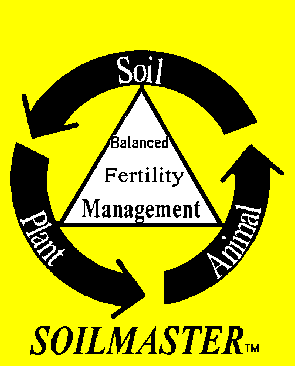 Reme Group
Reme Group Reme Group
Reme Group|
|
Select Another Soil Note |
In preparing a nutrient management plan, it is essential to consider a range of soil nutrients. These include Nitrogen(N), Phosphorus(P), Potassium(K), Sulphur(S), Magnesium(Mg), Zinc(Zn), Copper(Cu), Molybdenum(Mo), and a number of other minor nutrients. It is also essential to consider the soil pH which for the larger number of plants should be kept over pHw 6.0
Phosphorus Compounds for Soils
A recently prepared table, compares different fertilisers and their phosphorus contents. There has been a continuing interest in using a range of different phosphate sources in Australia.
Some Fertilisers in decreasing order of Phosphate concentration.
Fertiliser %P %S Sulphur Source
--------------------------------------------------------------------------------
And what is the application for these fertilisers?
The use of these fertilisers has a wide range application. This is particularly with the effect of the cost-price relationship of fertiliser inputs. These must be considered together with the impact of acid soils over a range of soil types. What is the benefit of one fertiliser compared to another ?
I am regularly asked about the benefit of one fertiliser compared to another on soil.This is often particularly difficult to assess in many cases, especially when the soil has been determined to be very acid.
The effectiveness of many of these are being assessed in the field and being compared as to the effectiveness of treating or holding an acid soil at current levels. These fertilisers include new mixtures with calcium, magnesium, sulphur,phosphate and trace elements.
There has been a proliferation of new products, which are claimed to have variable effects on soils which are acid.
Researchers such as Paul Dann at Canberra are currently making these determinations for a range of fertilisers and comparing yield data. This data should at least give a guide as to the likely effectiveness of each fertiliser.